Thrombophob Ointment: Safe and Effective Treatment for Dog Injuries
Caring for a dog means paying close attention to their health — not just internally, but externally as well. When your dog develops skin bruises, localized swelling, or minor vascular issues, it can be distressing to see. One effective topical treatment that veterinarians sometimes recommend is Thrombophob Ointment.
Primarily formulated for human use, Thrombophob has gained veterinary attention for certain off-label applications in pets. This comprehensive guide explores the use of Thrombophob Ointment in dogs, its indications, benefits, application guidelines, precautions, and veterinary insights.
What is Thrombophob Ointment?
Thrombophob Ointment is a topical medication used to treat superficial thrombophlebitis (inflammation of veins), bruising, hematomas, and venous disorders in humans. Its active ingredients include:
- Heparin Sodium – A powerful anticoagulant that prevents blood clots.
- Benzyl Nicotinate – A vasodilator that enhances local blood circulation.
When applied topically, Thrombophob enhances blood flow, helps in the dispersion of clots, and reduces inflammation and localized swelling.
Can Thrombophob Ointment Be Used on Dogs?
Although Thrombophob is not officially approved for veterinary use, many veterinarians may prescribe it off-label for dogs in specific circumstances.
Off-label use in veterinary medicine is common, especially for topical agents that are proven safe with proper veterinary supervision.
Indications of Thrombophob Ointment in Dogs
Thrombophob is not a general-purpose skin ointment for dogs. It is used in carefully selected cases under veterinary guidance. Here are the primary indications:
1. Hematomas
A hematoma is a localized collection of blood outside the blood vessels, usually due to trauma. Thrombophob helps to dissolve the clotted blood and promote healing.
2. Bruising and Contusions
For soft-tissue injuries where bruising is visible under the skin, Thrombophob reduces the discoloration and swelling by improving blood circulation.
3. Post-Injection Inflammation
After intramuscular or subcutaneous injections, some dogs develop inflammation or mild swelling at the site. A light application of Thrombophob may help reduce localized discomfort.
4. Superficial Phlebitis or Inflammation of Veins
This condition, while uncommon in dogs, may occur after intravenous catheter use.
5. Local Swelling Due to Trauma
Dogs may suffer from blunt injuries after rough play, falls, or accidents.
6. Ear Hematomas (as Adjunct)
Thrombophob is occasionally used as a topical adjunct in managing aural hematomas (fluid accumulation in the ear flap), alongside other treatments or after surgery.
Benefits of Thrombophob Ointment in Dogs
| Benefit | Explanation |
| Promotes faster recovery | Dissolves clotted blood and accelerates healing |
| Reduces local swelling | Helps alleviate inflammation caused by trauma or vascular issues |
| Non-invasive treatment | Provides a topical alternative to oral anti-inflammatories |
| Improves microcirculation | Enhances blood flow to the affected area |
| Minimal systemic absorption | Reduces risk of systemic side effects when applied correctly |
Recommended Dosage and Usage Instructions for Thrombophob in Dogs
Thrombophob Ointment should always be used under veterinary guidance, especially since it is an off-label treatment in dogs. Proper dosage and administration are critical for ensuring its effectiveness and minimizing risks.
General Administration Instructions
- Clean the affected area using lukewarm water or a mild antiseptic (if prescribed).
- Dry the area thoroughly with a clean cloth.
- Massage gently into the skin (if not painful for the dog) to aid absorption.
- Do not cover tightly unless directed by your veterinarian.
Dosage by Dog Weight
| Dog Size | Weight Range | Recommended Amount per Application | Application Frequency |
| Small | Under 10 kg | Pea-sized amount | 1–2 times daily |
| Medium | 10–25 kg | Pea to bean-sized amount | 1–2 times daily |
| Large | 25–40 kg | Bean-sized amount or more as needed | 1–2 times daily |
| Giant | Over 40 kg | Sufficient to cover affected area | 1–2 times daily |
Note: Dosage may vary based on the size of the area affected and veterinarian’s recommendation.
Duration of Use
- Typical Duration: 3–7 days
- Do not exceed 10–14 days of continuous use unless advised by a veterinarian.
Important Tips During Application
- If your dog is on other medications (especially anticoagulants or anti-inflammatories), inform your vet before use.
- Monitor the area daily for improvement or signs of irritation.
Safe Use Guidelines and Possible Risks of Thrombophob Ointment in Dogs
When considering the use of Thrombophob Ointment for dogs, it is essential to understand the safety profile, precautions, contraindications, and potential side effects to ensure that it is used effectively and without harm.
Safety Profile
- In small amounts
- On intact skin
- Under veterinary supervision
Because the medication is primarily applied externally, systemic absorption is minimal in healthy dogs, reducing the risk of systemic side effects. However, dogs with sensitive skin, a history of allergies, or who excessively lick topical products may be at a higher risk of adverse reactions.
Precautions When Using Thrombophob in Dogs
- Use only under veterinary supervision.
- Apply to intact skin only — avoid open wounds.
- Keep away from eyes, mouth, and nose.
- Prevent licking of the area using an E-collar if needed.
- Apply a thin layer as directed — don’t overuse.
- Discontinue if irritation or allergic reaction occurs.
- Do not use with other topicals unless approved.
Contraindications
Thrombophob Ointment should not be used in dogs with the following conditions:
- Bleeding disorders or clotting abnormalities
- Allergy to heparin or benzyl nicotinate
- Open wounds, ulcers, or infected skin
- Puppies under 8 weeks old
- Pregnant or lactating dogs (unless vet-approved)
- Extensive skin damage or dermatitis
Potential Side Effects
Local Side Effects (Most Common)
- Mild skin irritation
- Redness at the site of application
- Itching or burning sensation
- Temporary discoloration of the skin
- Dryness or peeling
Systemic Side Effects (Uncommon, but Serious)
- Gastrointestinal upset (if the ointment is ingested)
- Lethargy, vomiting, or diarrhea in case of large ingestion
- Allergic reaction (swelling of face, hives, breathing difficulty)
What to Do in Case of Adverse Reactions
If your dog experiences any unusual symptoms after applying Thrombophob, do the following:
- Discontinue use immediately.
- Contact your veterinarian to report the symptoms.
- Seek emergency care if you observe:
- Severe swelling
- Difficulty breathing
- Vomiting or diarrhea
- Collapse or unusual lethargy
Preventing Licking After Applying Ointment to Your Dog
Use the following preventive measures:
- Elizabethan collar (E-collar)
- Cover the area with a bandage (if vet allows)
- Distract the dog after application with treats or toys
Veterinary Research and Clinical Support
While formal studies on Thrombophob in dogs are limited, veterinary case reports support its usefulness in:
- Reducing hematoma size in post-operative scenarios
- Minimizing inflammation around IV catheter sites
- Aiding in conservative management of mild aural hematomas
Veterinary dermatologists often employ off-label topical treatments based on pharmacological compatibility and clinical outcomes.
When to Avoid Thrombophob and Seek Veterinary Help
Seek veterinary advice if you notice:
- The swelling increases after applying ointment.
- Your dog shows signs of pain or fever.
- There’s pus, discharge, or foul odor at the site.
- Licking continues despite protective measures.
Veterinary Alternatives to Thrombophob Ointment
In cases where Thrombophob isn’t suitable, your vet may consider:
- Topical Arnica creams (natural bruising relief)
- Diclofenac gel (anti-inflammatory, under supervision)
- Cold compresses
- Laser therapy for deep bruises or muscle injuries
Veterinary Evidence and Clinical Use of Thrombophob in Dogs
While Thrombophob Ointment is formulated for human use, its off-label veterinary application—particularly in dogs—has been explored based on its pharmacological properties, clinical experience, and parallels with topical agents used in animal care. Although dedicated peer-reviewed veterinary studies on Thrombophob in dogs are limited, the individual components of the ointment—Heparin Sodium and Benzyl Nicotinate—have been well studied and provide a basis for safe and effective use in select canine cases.
Heparin Sodium: Scientific Basis in Veterinary Use
Heparin is a well-documented anticoagulant and anti-inflammatory agent.
- Preventing thrombosis in hospitalized dogs
- Managing disseminated intravascular coagulation (DIC)
- Post-operative coagulopathies
In its topical form, heparin promotes:
- Local blood flow enhancement
- Resolution of hematomas
- Reduction of inflammatory swelling
Research on topical heparin in animals indicates that it:
- Accelerates resorption of subcutaneous clots
- Aids in soft-tissue trauma recovery
- Reduces pain and inflammation due to localized swelling
Reference:
Matsushima, H. et al. (2013). Topical Application of Heparin Accelerates the Resolution of Soft Tissue Hematomas in Animal Models. Veterinary Dermatology Research.
Benzyl Nicotinate: Mechanism in Enhancing Blood Circulation
Benzyl Nicotinate is a vasodilator, often used in topical preparations to:
- Stimulate microcirculation
- Increase capillary permeability
Though direct veterinary research is limited, its combination with heparin in humans has demonstrated:
- Enhanced transdermal drug delivery
This has prompted its off-label veterinary adaptation, particularly in conservative management of:
- Ear hematomas
- Post-injection site swelling
- Non-infectious soft tissue inflammation
Veterinary Case Reports and Clinical Practice Insights
Veterinarians have reported successful outcomes using Thrombophob or similar formulations in:
- Dogs with aural hematomas (as adjunct to drainage or conservative care)
- Post-surgical bruising around suture sites
- Injection-site reactions (mild swelling, pain)
- Blunt trauma recovery, especially when surgery is not required
Although not backed by large-scale veterinary clinical trials, case-based evidence supports its effectiveness when:
- Applied to intact skin
- Used in short treatment windows (3–7 days)
- Paired with preventive measures (like anti-lick collars)
Pharmacokinetics and Safety Considerations
- Systemic absorption of topical heparin is minimal when applied to healthy, non-broken skin.
- Veterinary dermatologists emphasize using a thin application, particularly in small breed dogs, to avoid overdose.
Conclusion
Thrombophob Ointment can be a valuable topical treatment for dogs suffering from hematomas, bruises, and post-injection swelling, but it should only be used under the guidance of a veterinarian. Thrombophob Ointment is a clinically useful topical formulation that can aid in the management of bruising, hematomas, post-injection swelling, and vascular inflammation in dogs when used under veterinary supervision. However, while effective, Thrombophob is not a one-size-fits-all solution. Its use must be carefully tailored to the dog’s condition, health status, and history of medication sensitivity.







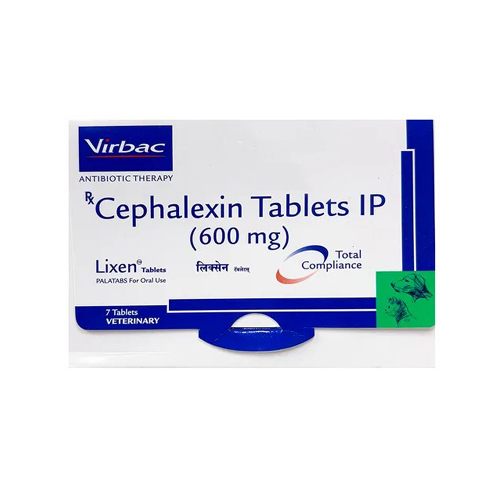
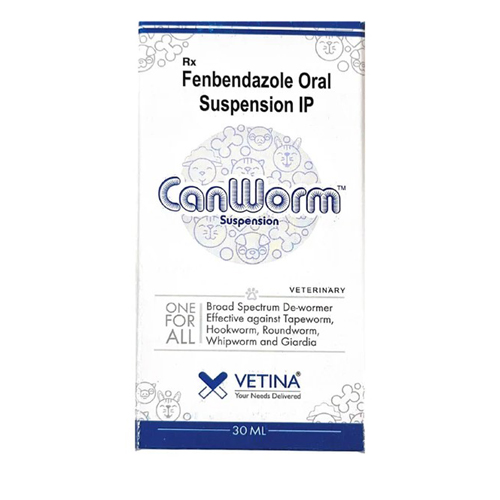



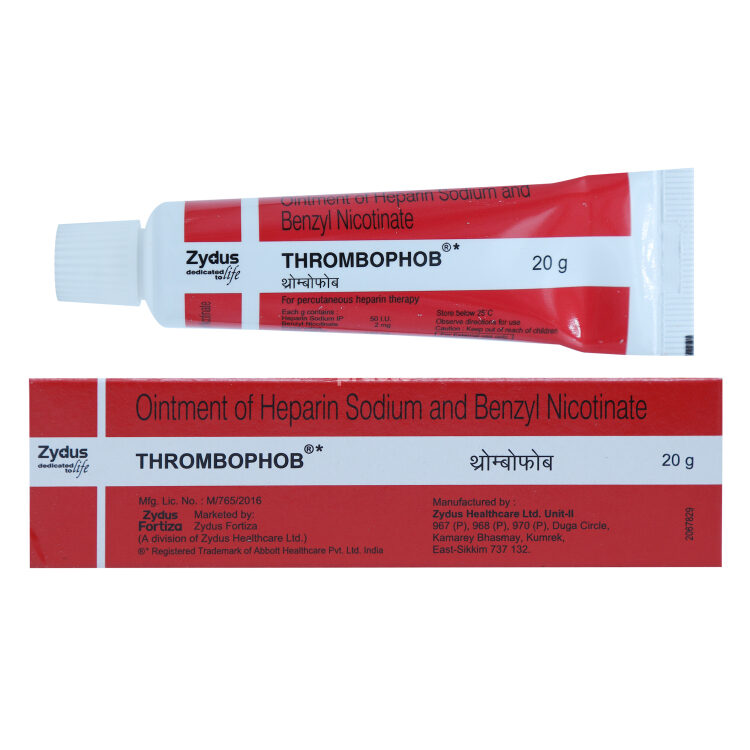
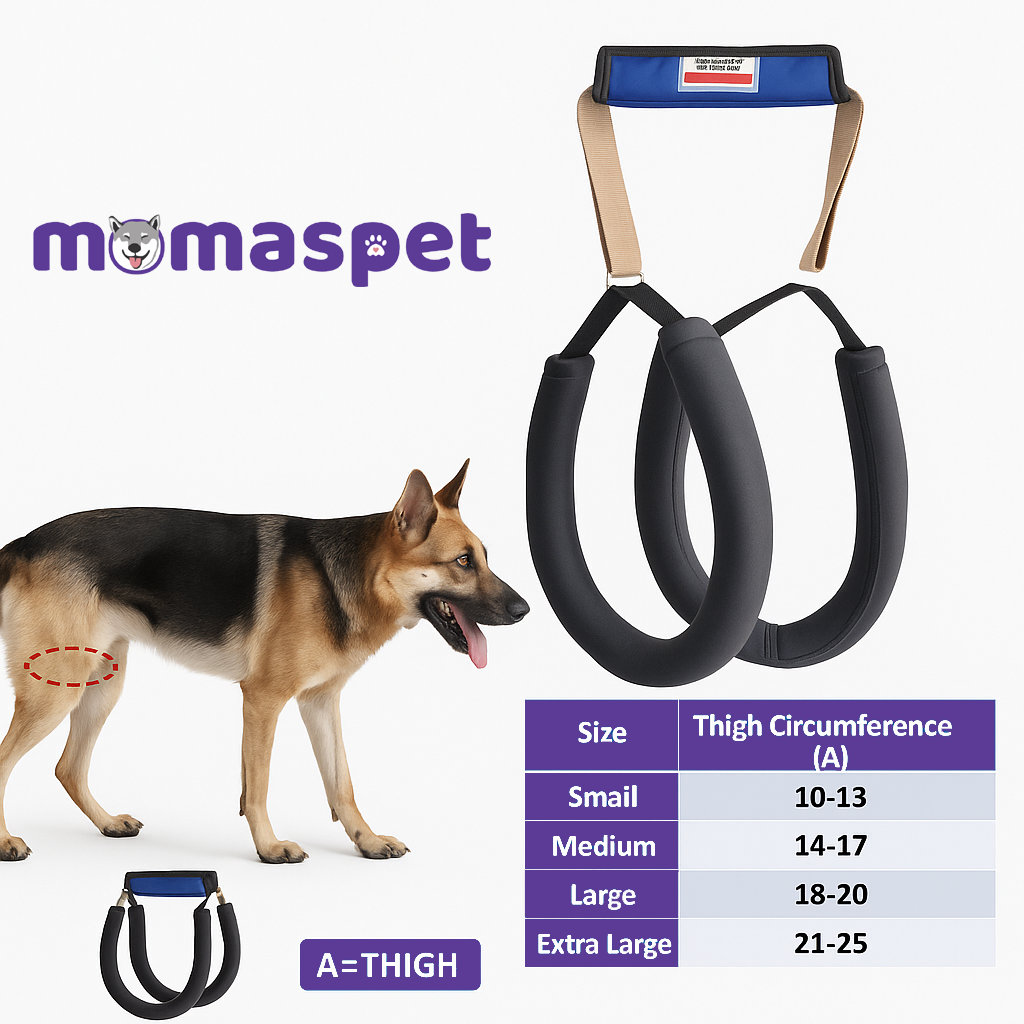
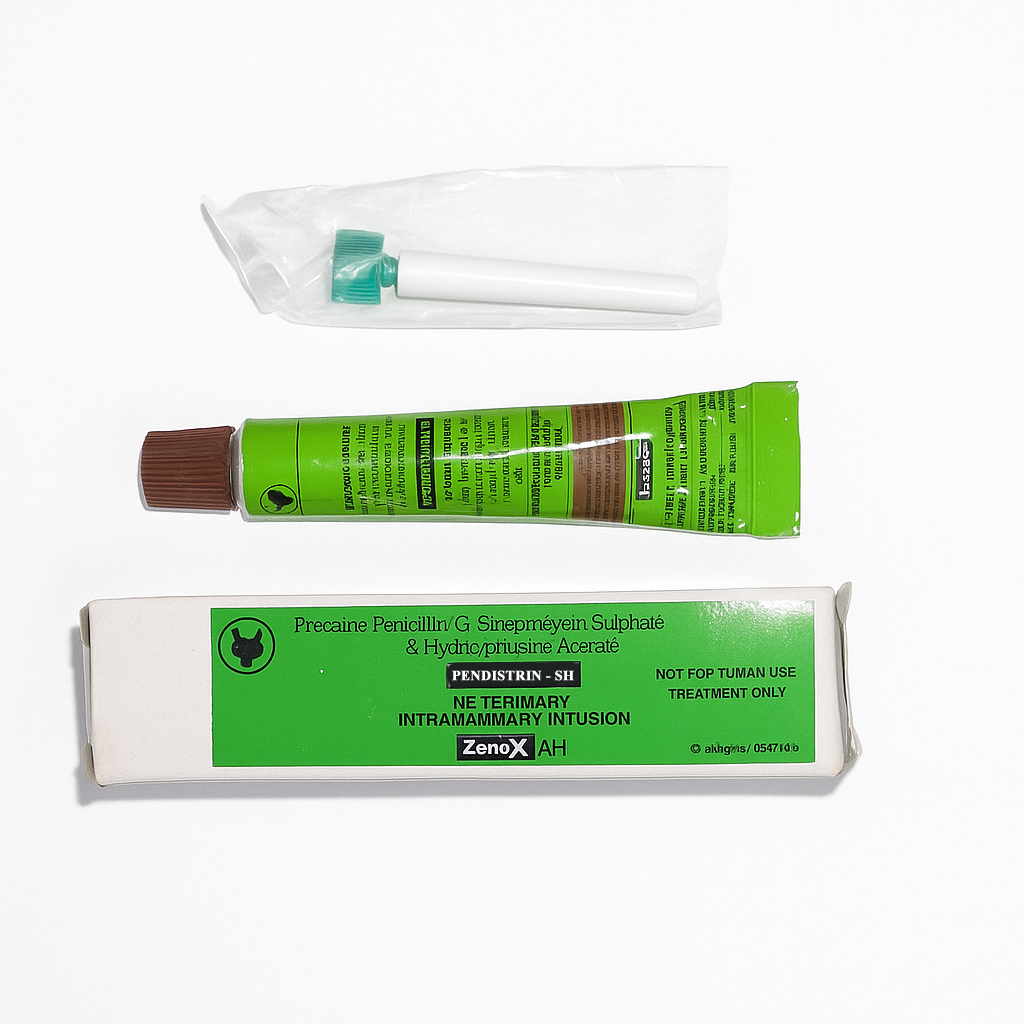
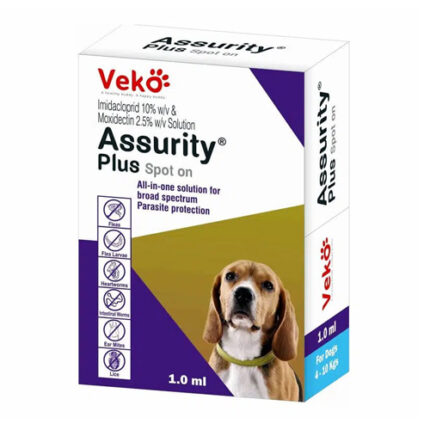
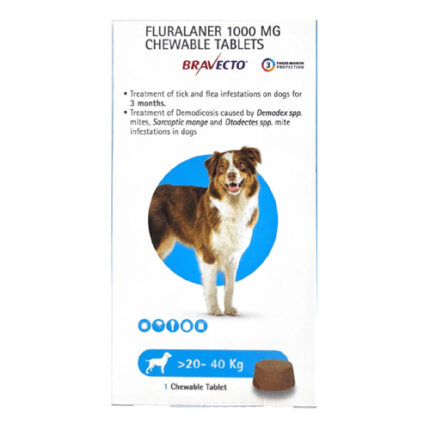
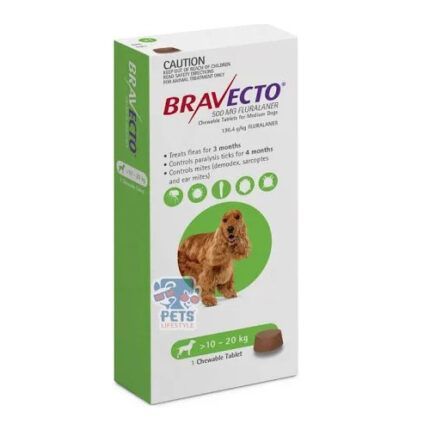
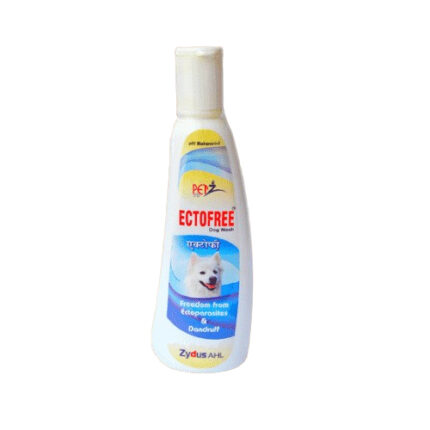
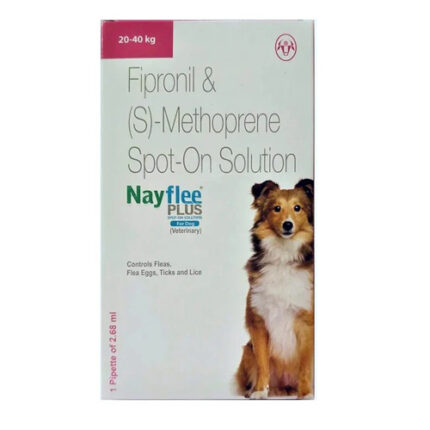
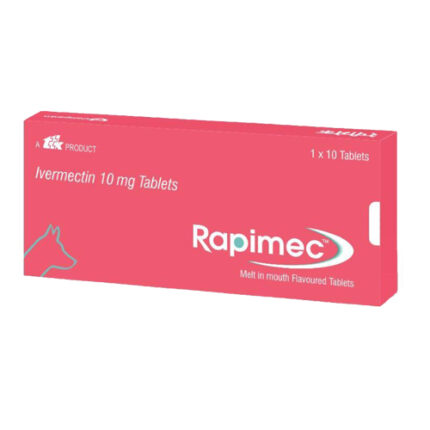
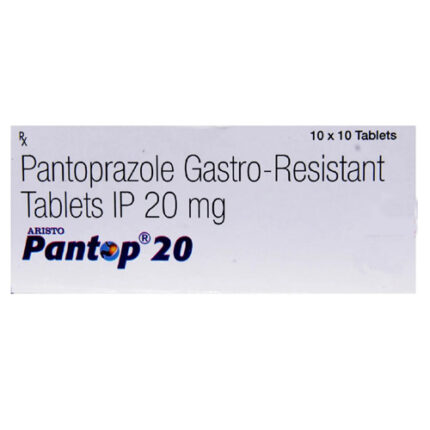
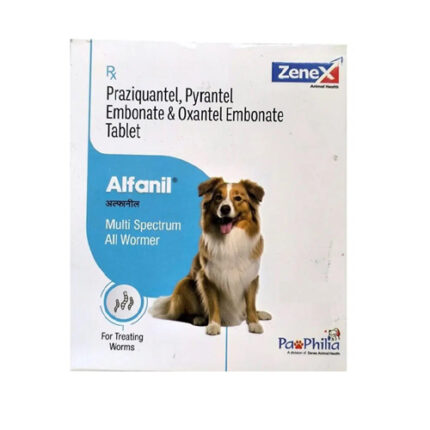
Reviews
There are no reviews yet.